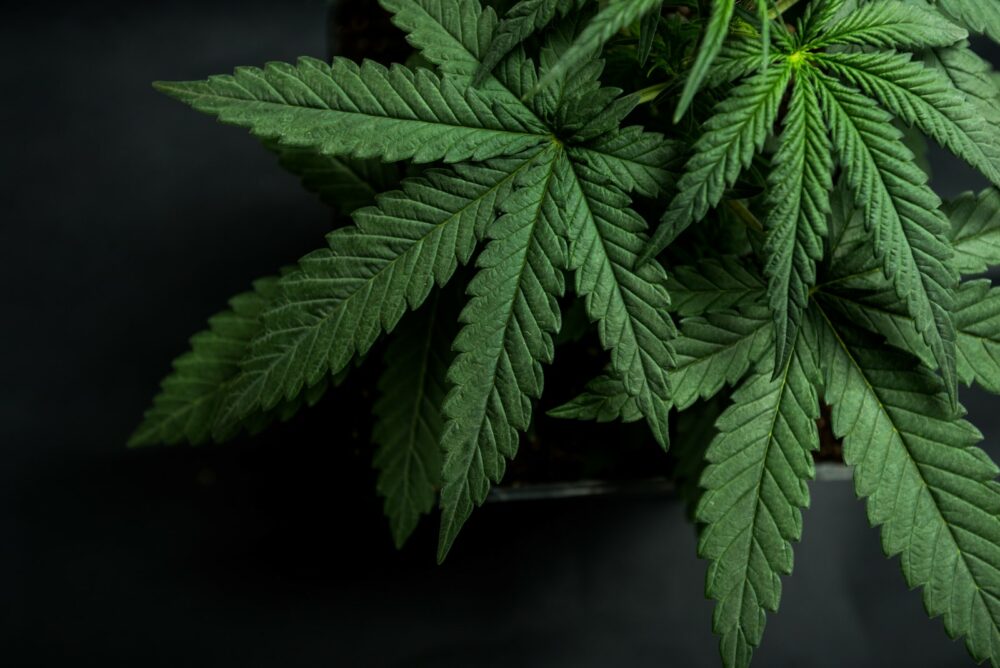Table of Contents
A topical corticosteroid or simply topical steroid is an anti-inflammatory cream prepared for a patient to help control a wide variety of skin conditions. Some of these conditions include eczema, dermatitis, rashes, and hives. The painful itching, welts, and inflammation these and other conditions cause can sometimes be alleviated with topical steroid use. Depending on the cell type, they also have anti-proliferative, vasoconstrictive, and immunosuppressive effects.
These topical steroids are formulated with varying potencies that will depend on the type of steroid molecule, the rate at which the user’s skin absorbs the cream, the resulting amount of the drug that reaches the targeted cell types, and the particular chemical formulation. The potency of a topical steroid cannot be altered by thinning or diluting the cream. This is because the potency of the cream and its resulting effectiveness does not rely on the concentration of the active ingredient.
The best steroid absorption will occur in the areas of the thinnest skin on the body. These will be areas such as the genitals, armpits, and eyelids. This is generally the opposite in areas of thicker skin such as the palms of the hands, soles of the feet, thighs, and abdomen, where the absorption is often the least effective. Since the skin will also reach a point of saturation, there are no additional benefits earned by overuse since the skin’s absorption rate will highly titrate usage.
Types of Topical Steroids & Side-Effects
Several different formulations affect the consistency or texture of the topical steroids, and each is designed to be absorbed or otherwise optimally effective for the area they are designed. The most common forms are simple creams and lotions and are the form that the majority of users find most effective. The general rule when using any topical steroid is to use the weakest possible formulation that relieves your symptoms. In some situations, you may need a relatively strong formula, but in cases like this, you shouldn’t need it for very long.
Ointments like these are the most common since they are the most useful choice for hairless skin that can be dried easily. There is no need for preservatives, so these formulations are also the least at risk of causing contact dermatitis, allergic reactions, or other irritation. They are occlusive, however, and may cause folliculitis or miliaria.
Other formulations are also available, such as solutions or gels. These are more applicable to situations involving hairier areas or areas that cannot be sufficiently dried. They almost always have an astringent effect which can cause significant drying of the skin and sting if used on inflamed or irritated skin.
When used according to recommendations, serious side effects are incredibly rare. Often topical steroids are blamed for symptoms of other undiagnosed conditions or illnesses.
Cushing syndrome has been reported as a rare side effect of long-term use of very large quantities or high doses. This is thought to occur most often due to inappropriate or incorrect prescribing of topical corticosteroids and over-the-counter sales where available.
There are also a large number of skin issues that could develop locally. This risk becomes far greater when a topical steroid is used for long periods and has a high potency. This can cause skin thinning, tearing, or increased susceptibility to bruising, stretch marks, and enlarged blood vessels. Also possible is an aggravation of conditions such as impetigo, herpes, and more.
Topical Steroid Withdrawal Symptoms & Timeline
Topical Steroid Withdrawal Syndrome is known by several names, including Topical Steroid Addiction and Red Skin Syndrome. It is a potentially serious condition that can be born of improper or inappropriate topical steroid use, even when used during the legitimate treatment of eczema or other indicated uses.
Topical Steroid Withdrawal Syndrome is usually identified by painful symptoms, often including skin that turns red and itchy. A distinct burning sensation will frequently accompany this discoloration and discomfort. This can and often does occur after stopping the use of topical steroids and sometimes even in the period between recommended treatments.
The treatment for Topical Steroid Withdrawal Syndrome is often as simple as the cessation of the treatments using topical steroids. Unfortunately, this can also lead to a rebound of the original symptoms for which topical steroids were the initial treatment. Therefore, the health care professional overseeing the recovery from Topical Steroid Withdrawal Syndrome may also order palliative measures to help alleviate any infection, itching, pain, or anxiety.
The timeline for recovery from Topical Steroid Withdrawal Syndrome will be unique to each individual living with the condition. Many indications seem to point to the recovery being more than just a few days and seem to last for several months to years after stopping the use that spawned the withdrawal symptoms in the first place.
How to Safely Withdrawal From Topical Steroid Use
If you or someone you love has been using topical steroids to manage a skin condition or illness of some sort, and you believe that there may be the possibility of Topical Steroid Withdrawal Syndrome, or if you believe you may already be suffering from it, your first stop should be your doctor or health care professional, even facilities and counselors specifically experienced with mitigating withdrawal symptoms. If part of your recovery process includes seeking drug rehab in Houston, Austin, or elsewhere in Texas, Infinite Recovery is here to help.
During the use of particularly potent topical steroids for long periods, the adrenal system may become suppressed to a significant degree. In normal situations of use, this adrenal function reduction would usually resolve itself with minimal side effects to the user. In severe cases, however, this suppression can lead to an adrenal crisis, which can be deadly. By working with experienced professionals, the adrenal function can be monitored. This can continue through the entire withdrawal to ensure safety the whole time.
Follow our blog for helpful resources and information about addiction and drug usage. Recent posts include topics like Green Xanax bar addiction, how to stop porn addiction, and types of substance abuse.
Source:
Infinite Recovery has strict sourcing guidelines and relies on peer-reviewed studies, academic research institutions, and medical associations for our references. We avoid using tertiary references as our sources. You can learn more about how we source our references by reading our editorial guidelines and medical review policy.
- National Eczema Association. NEA Task Force Weighs in on Topical Steroid Addiction & Withdrawal. National Eczema Association. Published July 17, 2021. Accessed June 28, 2022. https://nationaleczema.org/blog/warnings-for-topical-steroids-eczema/
















